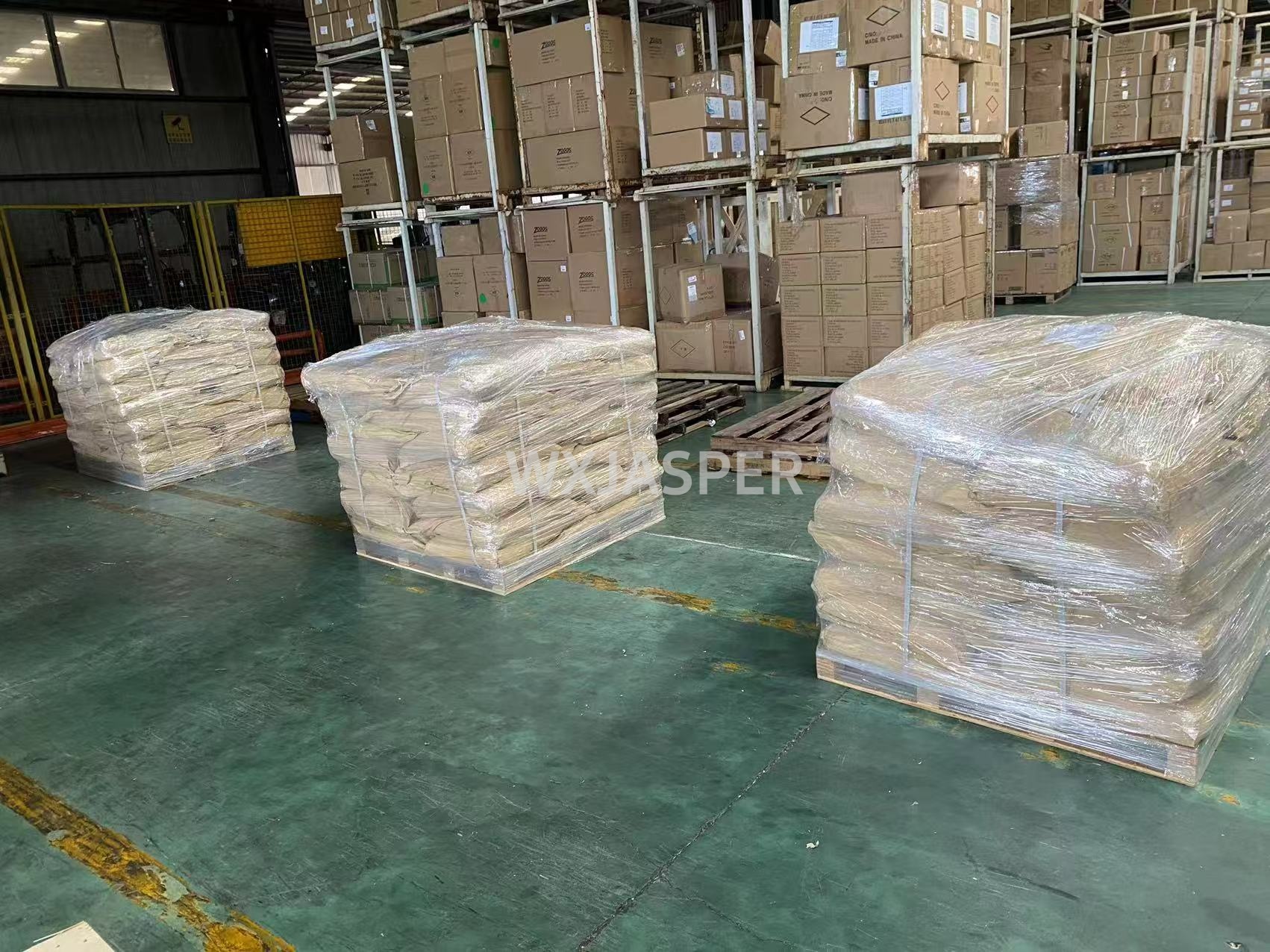Your Location:Home > Products > Solvents > Sodium benzoate



CasNo: 532-32-1
MF: C7H5NaO2
Appearance: powder
Delivery Time: 15 days
Packing: 25kg/bag
Purity: 99%
|
Indicator |
Typical Values (Industrial/Food Grade) |
Description |
|
Appearance |
White crystalline powder/granules, no visible impurities |
Food-grade products must meet the "whiteness ≥95%" standard to prevent discoloration of downstream products due to impurities. |
|
Solubility |
Highly soluble in water (solubility ~60 g/100 mL at 20°C); slightly soluble in ethanol (<1 g/100 mL); insoluble in ether and chloroform |
Its water solubility is far superior to benzoic acid (solubility only 0.34 g/100 mL at 20°C), making it easy to disperse uniformly in water-based formulations. |
|
Melting Point |
300°C (decomposes) |
Stable at high temperatures; can withstand pasteurization (60–85°C) or baking (180–220°C) processes in food production without decomposition or odor generation. |
|
pH Value (1% aqueous solution, 25°C) |
7.0–8.5 (weakly alkaline) |
Neutral to weakly alkaline; when added to acidic foods (e.g., carbonated drinks, fruit vinegar), it can fine-tune the pH to avoid taste irritation caused by excessive acidity of the system. |
|
Stability |
No loss of activity when stored in a normal temperature and dry environment for 24 months; may oxidize when in contact with strong oxidants (e.g., potassium permanganate) and should be avoided mixing |
No special light-proof storage is required; conventional packaging can meet the shelf-life requirements, resulting in low logistics costs. |
|
Product Type |
Recommended Dosage (based on pure product) |
Core Function |
|
Carbonated Drinks, Fruit Juice Drinks |
0.02%–0.1% |
Inhibits the growth of yeasts and molds, extending the shelf life (e.g., the shelf life of cola-like drinks can reach 12 months); combined with citric acid, it can enhance the antibacterial effect. |
|
Pickled Products, Preserved Vegetables (e.g., kimchi) |
0.05%–0.15% |
Inhibits excessive fermentation of lactic acid bacteria that causes "acid spoilage", maintains the crispness and flavor of preserved vegetables, and avoids bag swelling. |
|
Candied Fruits, Preserved Fruits |
0.03%–0.08% |
Prevents mold growth (especially in high-sugar environments) and avoids mildew spots or "sugar bloom" deterioration of preserved fruits. |
|
Baked Goods (Bread, Cakes) |
0.01%–0.03% |
Inhibits the growth of "acid-producing bacteria" in bread, delays aging, and extends the shelf life (e.g., the shelf life of room-temperature bread is extended from 3 days to 7 days). |
Sodium Benzoate has extremely high safety and no GHS hazard classification (non-flammable, non-corrosive, no acute toxicity), but attention should be paid to: